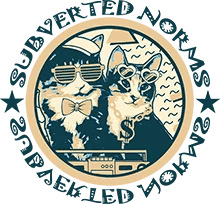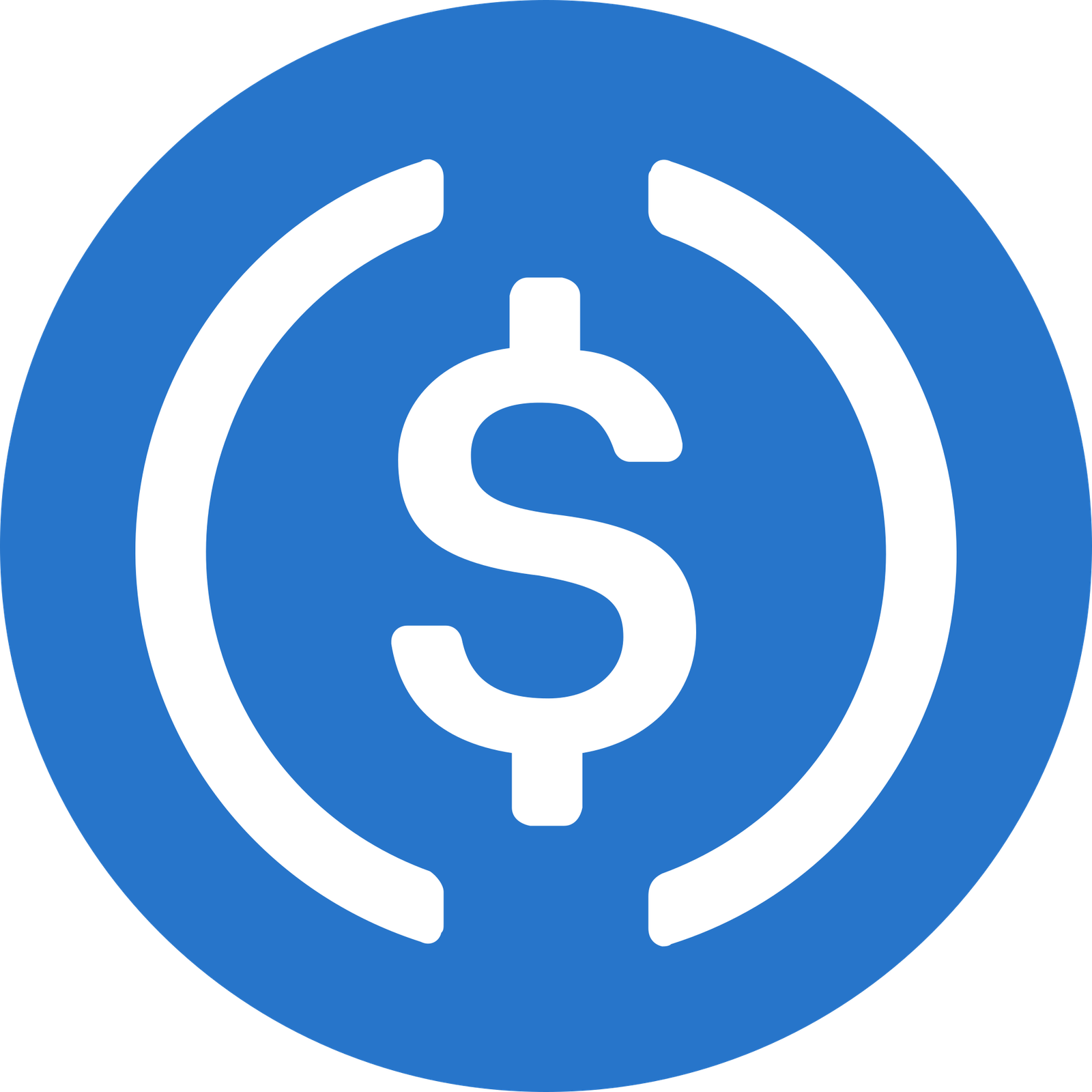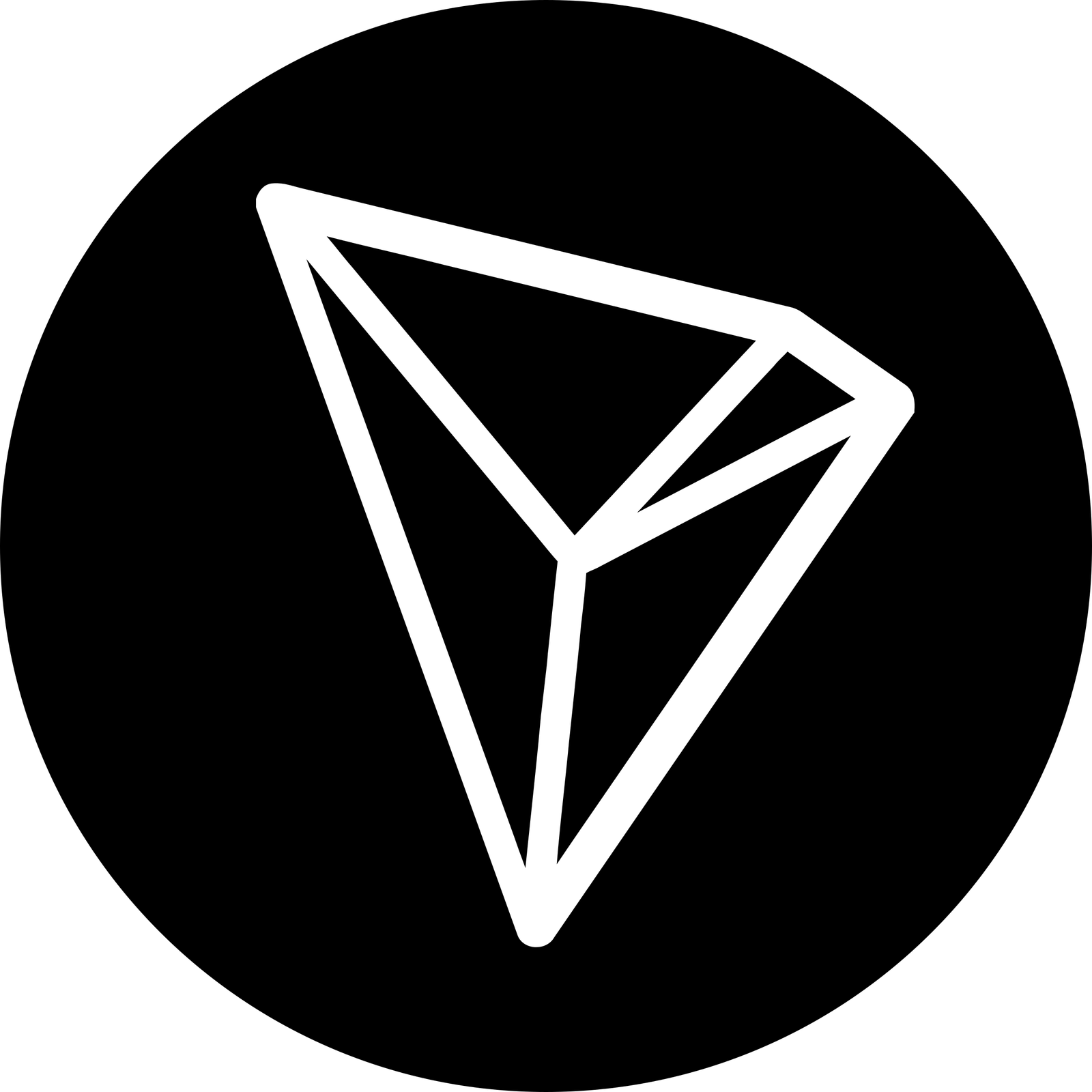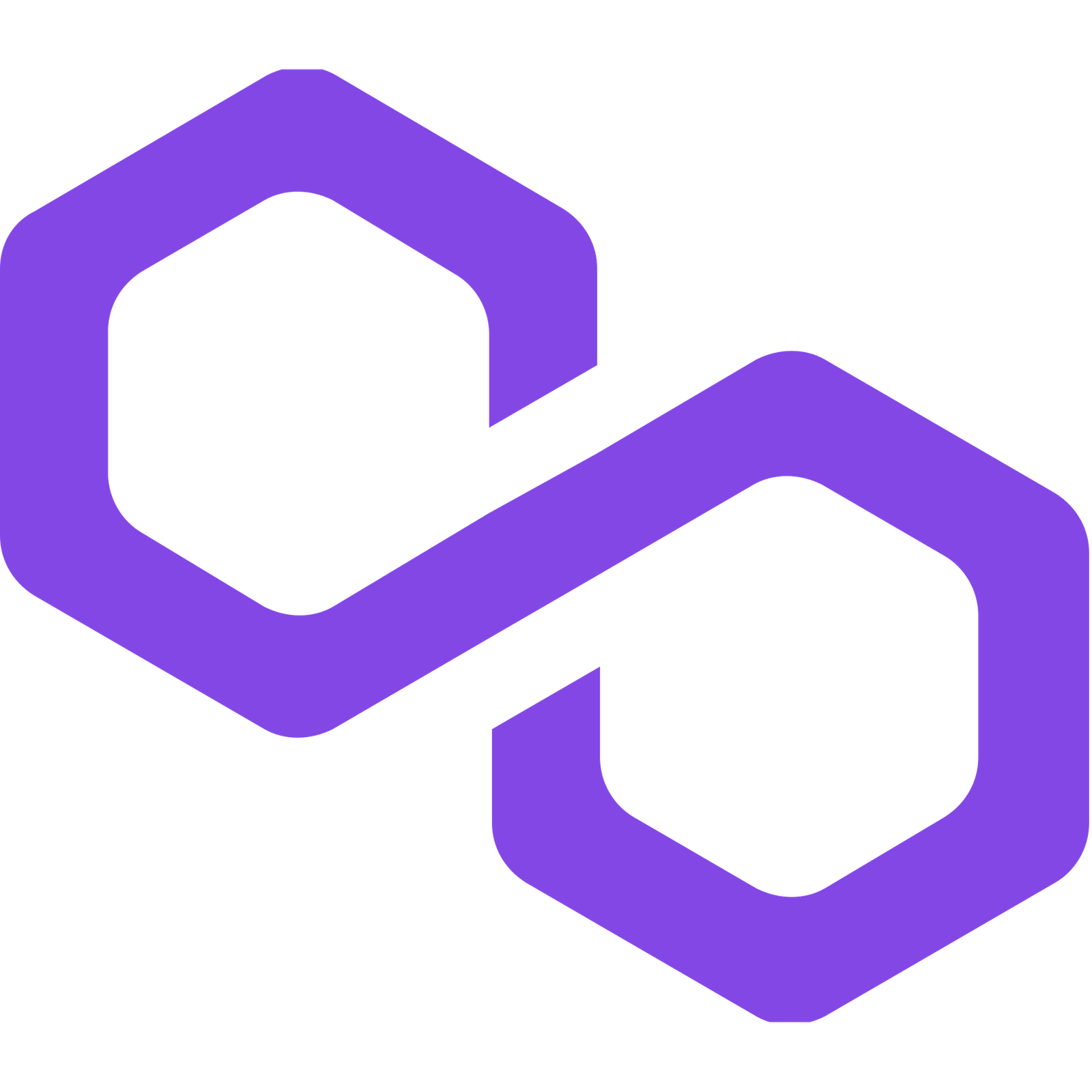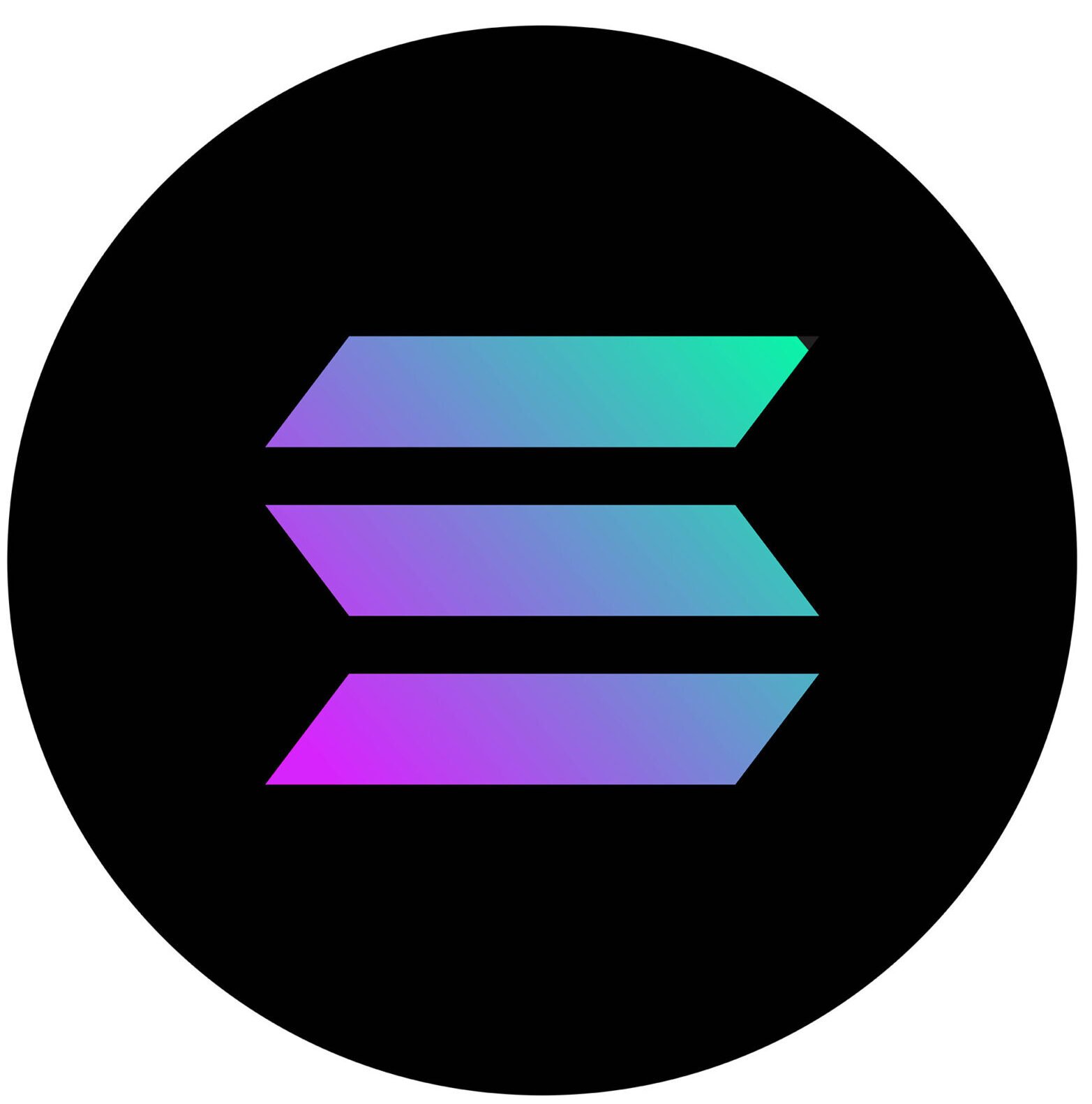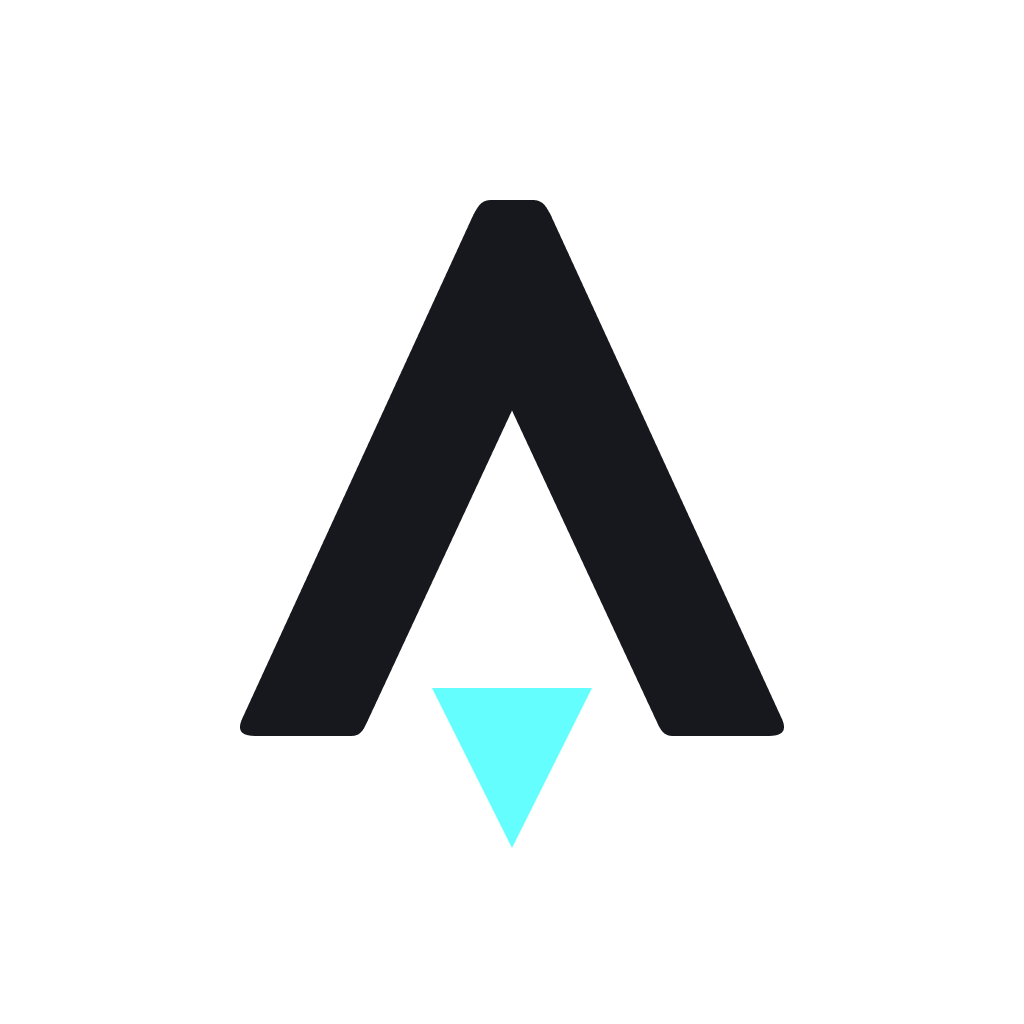Unlocking Blockchain: Top Scalability Solutions Explained
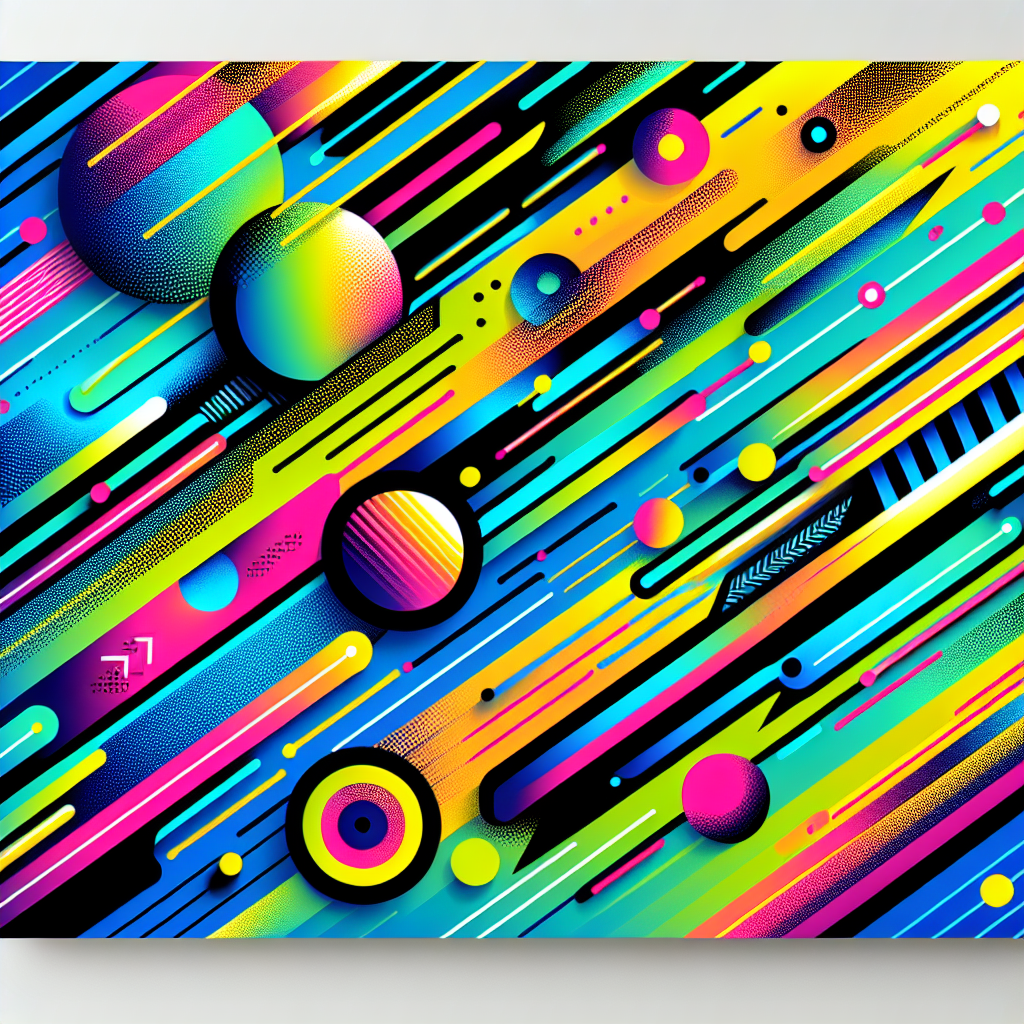
Unlocking Blockchain: Top Scalability Solutions Explained
As we traverse the uncharted waters of the Web3 ecosystem, the pressure for scalability and efficiency of blockchain technologies becomes a focal point. The promise of decentralization—an internet controlled by the users, not centralized entities—has fueled innovation across sectors. This article delves into the current state of Web3, examining emerging technologies and their transformative potential across industries such as gaming, finance, art, and beyond.
Innovative Developments & Emerging Technologies
Recent advancements in blockchain protocols have opened new horizons for decentralized applications. Layer 2 solutions like Ethereum’s Optimistic Rollups and zk-Rollups are pushing transaction throughput to new heights while significantly reducing costs. According to CoinTelegraph’s Blockchain Insights, these implementations are becoming crucial as Ethereum gas fees soar during peak periods, illustrating the urgent need for scalable solutions.
Moreover, Non-Fungible Tokens (NFTs) are evolving beyond digital art and collectibles into realms such as gaming and virtual real estate. Platforms like The Sandbox and Decentraland offer users immersive experiences that blend decentralized finance (DeFi) with user-generated content, paving the way for innovative monetization methods. The integration of artificial intelligence (AI) with these technologies enhances user engagement, personalizing experiences in ways previously deemed impractical.
Blockchain and Crypto in the Mainstream
We are witnessing a seismic shift as blockchain technologies filter into mainstream industries, from finance to entertainment. Decentralized Finance (DeFi) platforms like Aave and Uniswap are reshaping how individuals access financial services like lending and trading, eliminating intermediaries and enhancing security. A recent study from The Block highlighted how mainstream adoption is reshaping trust in traditional banking systems, creating a financial ecosystem where users have greater control over their assets.
Entertainment is equally affected. Major artists and organizations are embracing NFTs to connect directly with fans, driving new revenue models while fostering a sense of community. The increasing prevalence of decentralized platforms ensures that user engagement is not just transactional but participatory—embedding trust and transparency at every level.
Web3 and Gaming
Gaming exemplifies the successful intersection of Web3 technologies and vibrant economies. Projects like Axie Infinity have popularized blockchain-powered gaming, where players not only engage in gameplay but also earn and trade assets as integral parts of their gaming journey. This model exemplifies how NFTs are redefining ownership, allowing players to maintain control over digital assets across various platforms.
The potential for gaming to extend into the metaverse—an expansive virtual environment—heightens the stakes. As gamers invest in virtual assets with real-world value, the line between recreation and finance blurs, creating new opportunities for developers and players alike. Successful case studies illustrate how blockchain-enhanced games foster community and creativity, turning gameplay into sustainable, rewarding experiences.
The Role of Decentralized Autonomous Organizations (DAOs)
Decentralized Autonomous Organizations (DAOs) emerge as a revolutionary structure influencing governance within Web3. By utilizing smart contracts, DAOs democratize decision-making, empowering community members to vote on developments and initiatives. Platforms like DAOstack showcase how this model can lead to equitable governance, allowing organizations to operate dynamically and flexibly in response to community needs.
As DAOs evolve, their implications stretch beyond mere organization. They offer models for governance that might challenge traditional business frameworks, allowing for meritocratic structures where stakeholders have tangible incentives tied to performance and engagement. This shift fosters a culture of collaboration, allowing for innovative applications that were previously constrained by hierarchical systems.
A Vision for the Future
Looking ahead, the potential for Web3 technologies to redefine digital experiences is immense. The convergence of decentralized technologies, AI, and immersive environments like the metaverse promises to create a tapestry of interconnected experiences. Innovations are emerging that could allow for entirely new forms of social interaction and commerce, reshaping industries and uplifting creators.
Futuristic projects that harness these technologies will likely emerge, continuing to challenge norms and inspire a new generation of digital experiences. Platforms like NFT Now and various metaverse initiatives signal a future where digital ownership and immersive experiences intertwine, creating value for users in ways that are yet to be fully conceived.
Conclusion
As we stand at the threshold of the next technological revolution, it’s essential to remain informed about the ongoing developments within Web3. This burgeoning ecosystem is geared towards reshaping industries, redefining digital ownership, and enhancing consumer experiences. By exploring these new platforms and engaging with innovations, individuals can play an integral role in the future of a decentralized digital world.
The journey of unlocking blockchain’s potential continues, and the future beckons with opportunities for those willing to engage. Stay informed, explore, and let the decentralized wave guide you into the exciting realm of Web3.
Further Reading and Exploration
For more in-depth insights, visit CoinDesk, The Block, and CoinTelegraph. Explore project developments and updates that are keeping this transformative journey vibrant and impactful.

